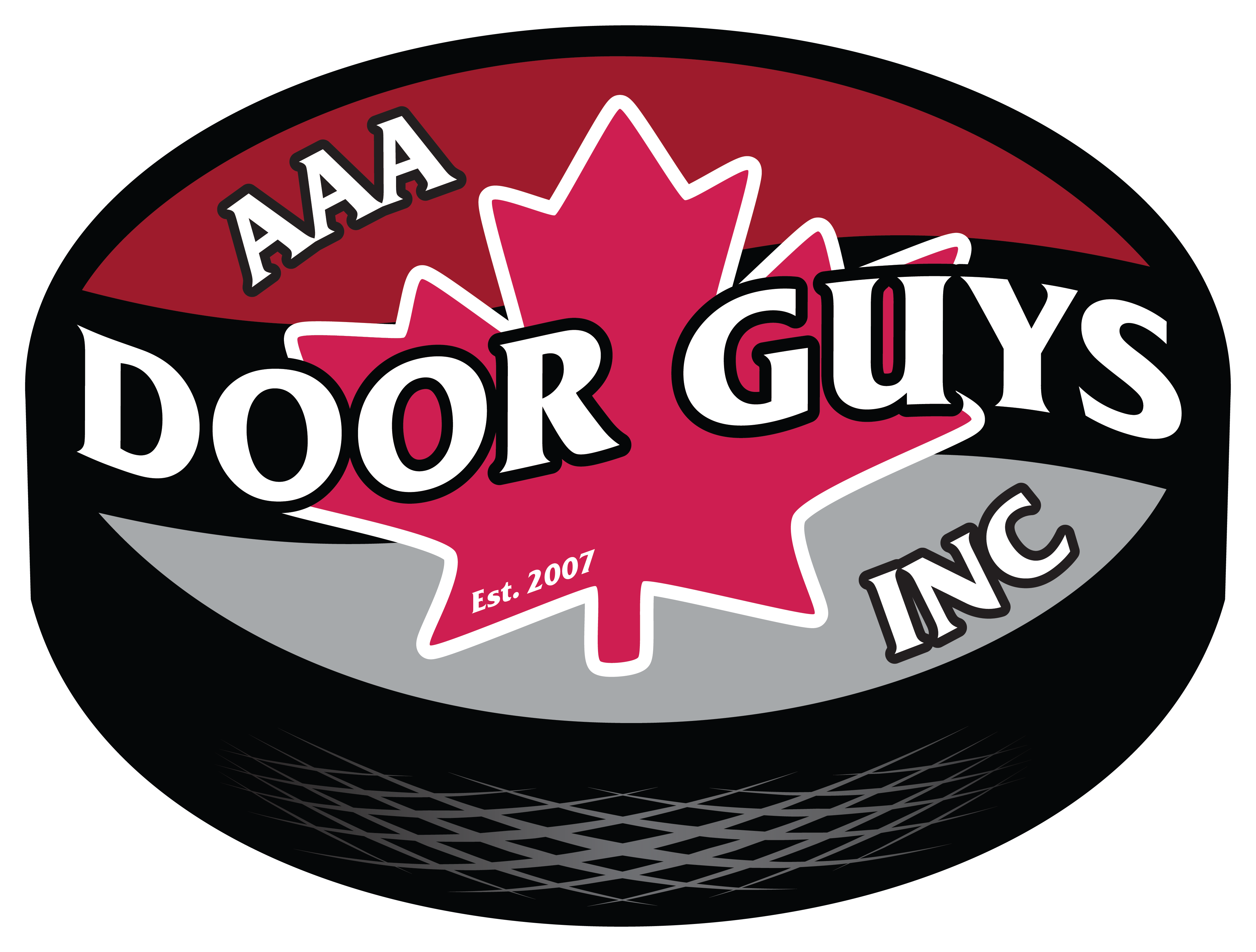 Garage doors function so simply that we often take them for granted. It isn’t until something goes wrong that we realize how nice it is to have a large door that opens and closes by its self. Can you imagine having to get out of your car and manually crank open the garage door, get back in your car to drive it into the garage, and then manually crank the garage door back down? That would definitely be a hassle, and not at all worth the effort. It is so nice to be able to store your car inside, though. It keeps it safe from the elements, as well as from any theft or damage, and a garage means you don’t have to scrape ice off your windshield every morning in the winter.
Garage doors function so simply that we often take them for granted. It isn’t until something goes wrong that we realize how nice it is to have a large door that opens and closes by its self. Can you imagine having to get out of your car and manually crank open the garage door, get back in your car to drive it into the garage, and then manually crank the garage door back down? That would definitely be a hassle, and not at all worth the effort. It is so nice to be able to store your car inside, though. It keeps it safe from the elements, as well as from any theft or damage, and a garage means you don’t have to scrape ice off your windshield every morning in the winter.
Garage doors do their simple job multiple times a day and function seamlessly, as long as each of the garage door parts is working correctly. Here is a brief guide to learning about garage door parts, so when something does go wrong, you know what it is and you can call a professional to come and take a look.
- Garage Door Panels: The large parts of the door that actually move up and down
- Spring: Just above the panel; holds the weight of the garage door as it’s being opened and closed
- Remote Control Door Opener: Battery powered and automatically opens the door
- Weather-Stripping Seals: Provide a seal along the top, bottom, and both sides of the garage door to eliminate gaps
- Emergency Release: Allows you to open the garage door manually
- Hinges: Allow the panels to bend as they are opened and closed
- Rollers: The mechanisms on either side of the door that allow the door to roll up and over so the panels are stored parallel to the ceiling
- Motion Sensor: Stops the garage door from closing if it senses someone or something in the way
- Motorhead: Controls the door by automatically opening and closing it
Knowing each of the garage door parts can help you figure out what may need to be fixed or replaced.
